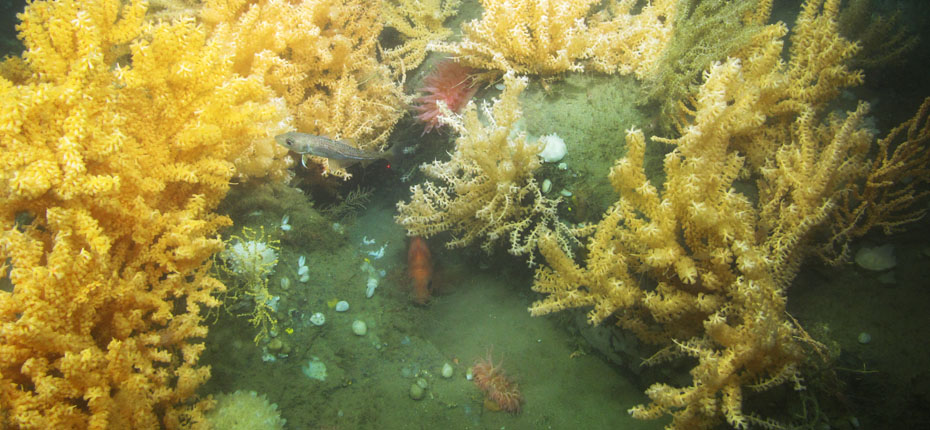The New England Fishery Management Council is considering coral protection measures in three areas in the Gulf of Maine that could be a big blow to state lobstermen.
One proposal would impose a fishing ban in the designated protected areas, which would be located in waters that produce about one-third of Maine’s lobster landings in terms of value.
According to a report from the Ellsworth American, the Maine Department of Marine Resources is working on efforts to prevent the fishing bans from going through.
In late January, lobster resource coordinator Sarah Cotnoir contacted lobstermen in the affected areas asking for any data that would “demonstrate the potential impact that these measures would have on the lobster fishery and Down East economy.” She asked for information on who fished in the area; the months of the year fished in those areas and the average quarterly haul per trap; catch rates compared with those in surrounding areas. She was also looking for crew demographics, the number of family members supported by fishing operations and an estimate of the amount of revenue they would lose if they were barred from fishing.
The two proposed closure areas are near Mount Desert Rock and Outer Schoodic Ridge and would affect lobstermen primarily from zones A and B and some from C.
Maine DMR submitted an analysis of the plan several months ago, explaining that new protected areas would have a significant impact on fishing families.
In 2015, the value of Maine lobster landings topped $500 million. According to the department, landings in Zone A where the Outer Schoodic Ridge closure is located, topped $99.6 million. In Zone B, which includes the Mount Desert Rock closed area, landings were more than $70.7 million. To the west, in Zone C, landings were a shade less than $126 million.
Maine DMR will be hosting an information session at the Maine Fishermen’s Forum in Rockport at 9 a.m. this Saturday. Lobstermen will be able to learn more about the proposal, the council decision-making process and how they can participate.







